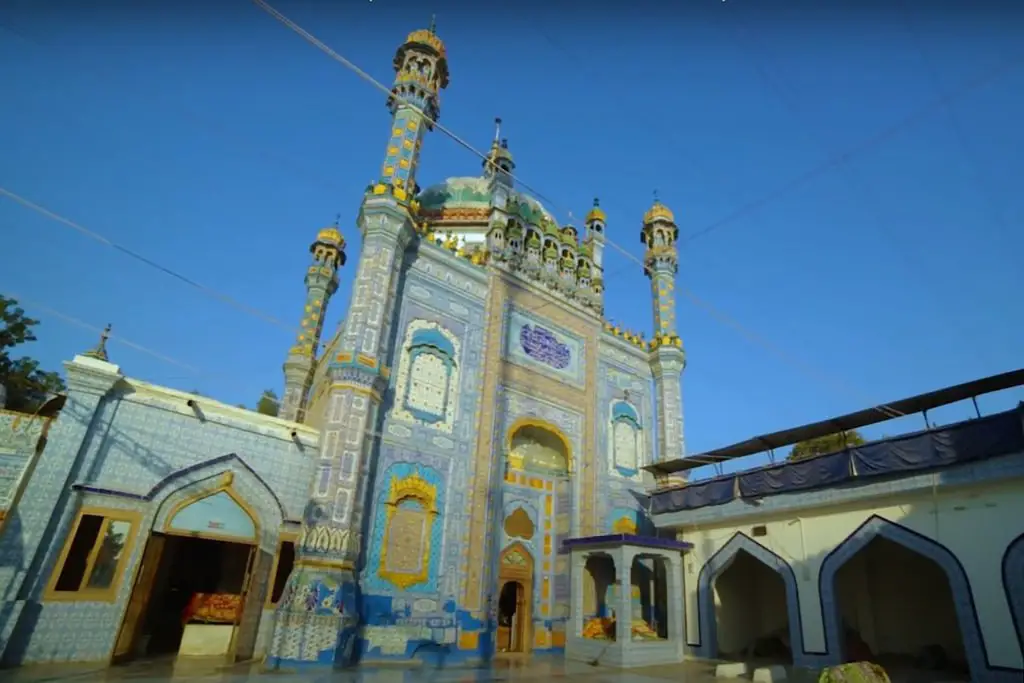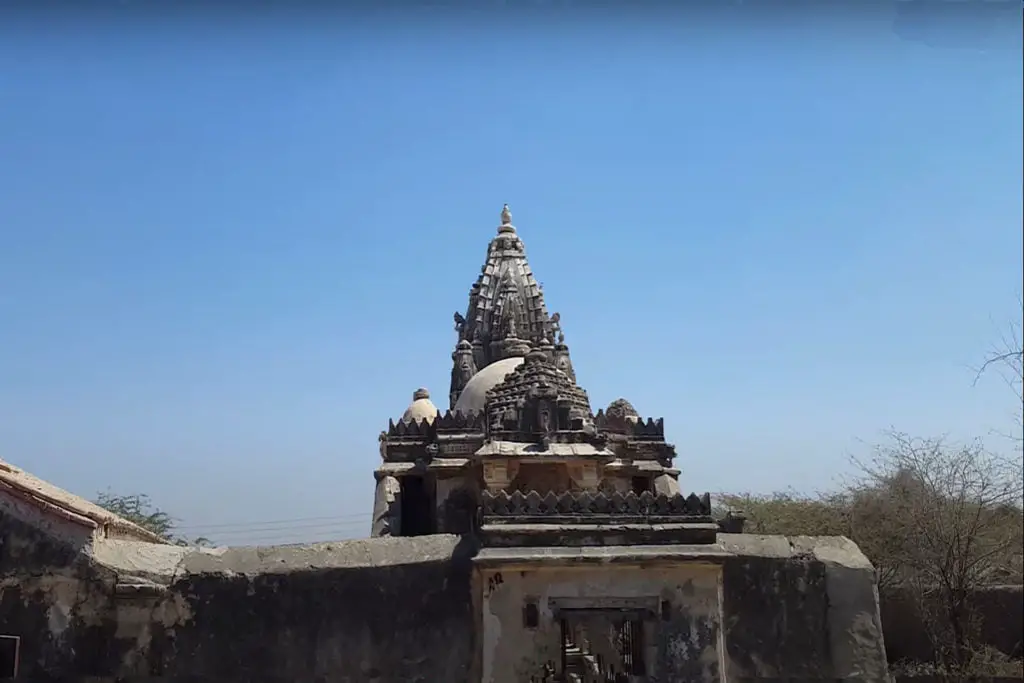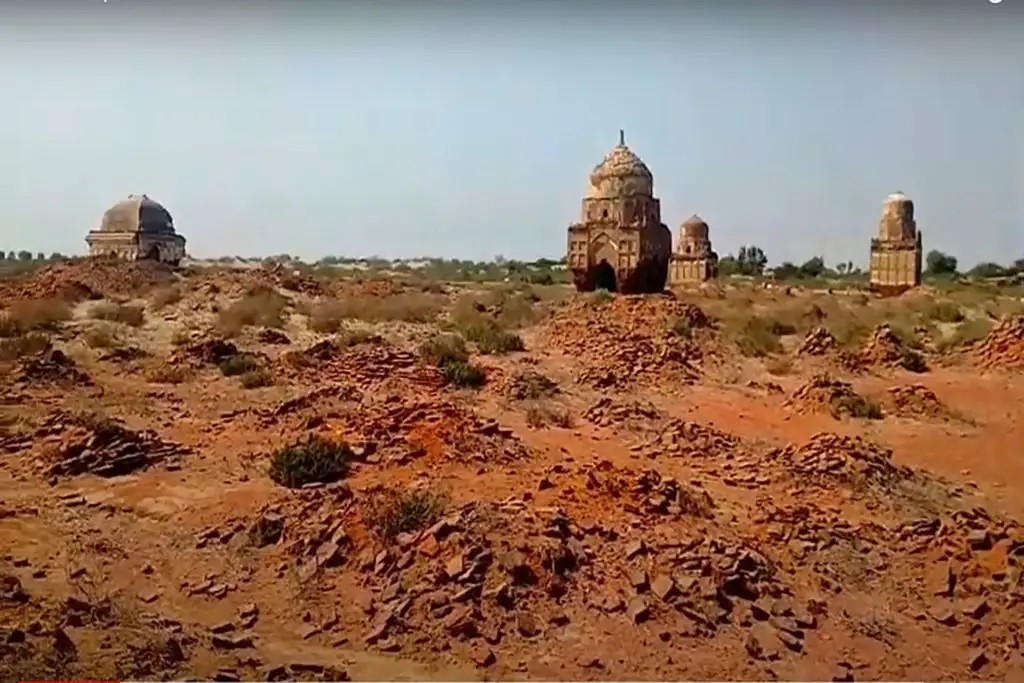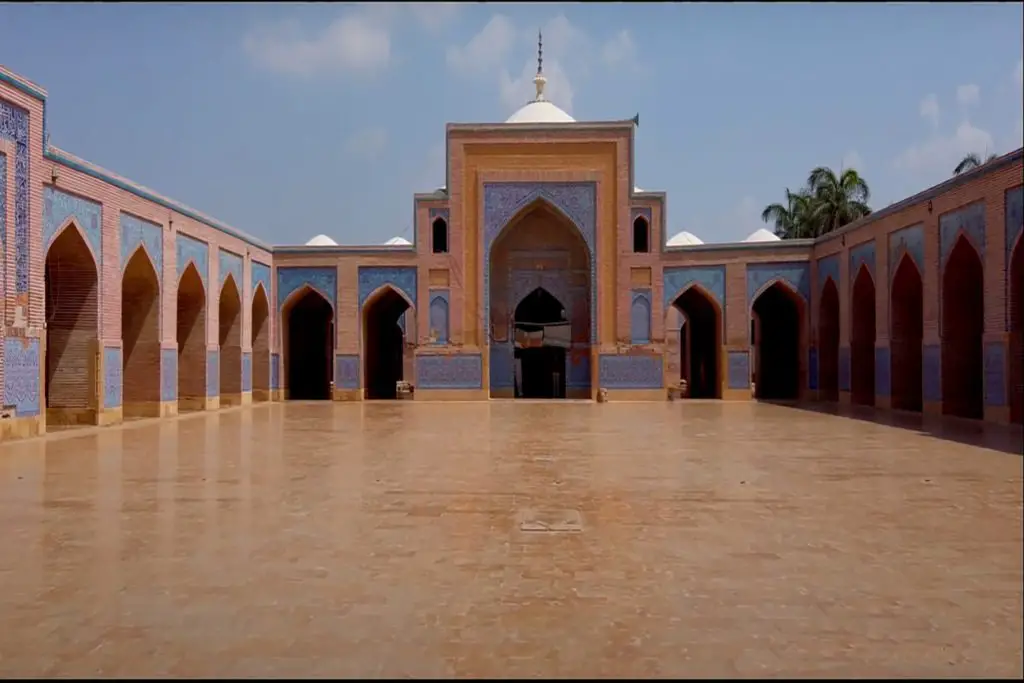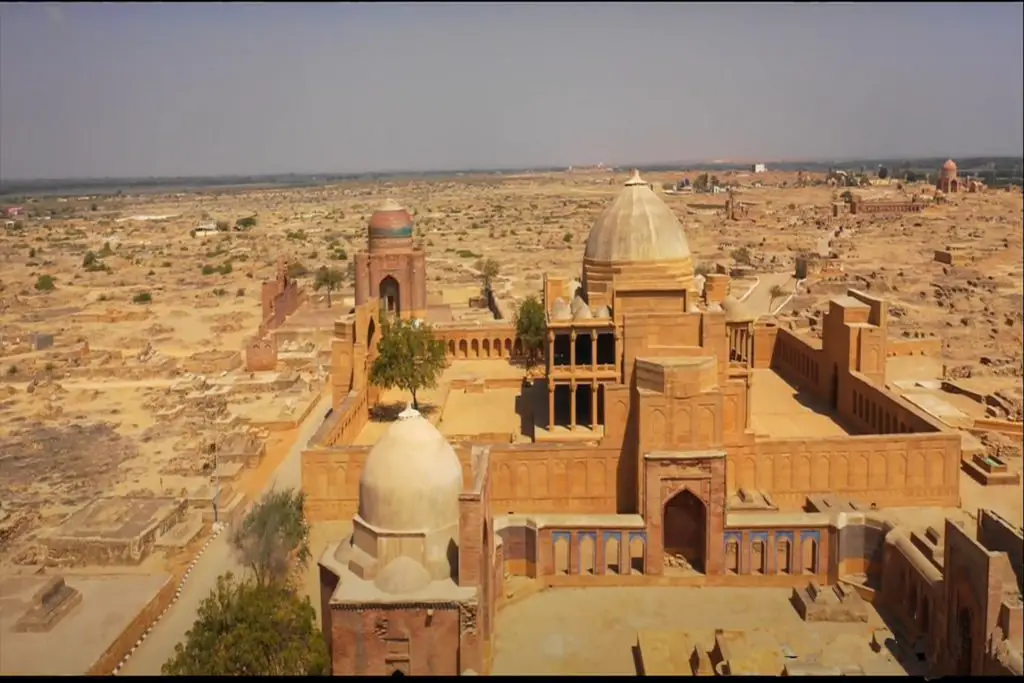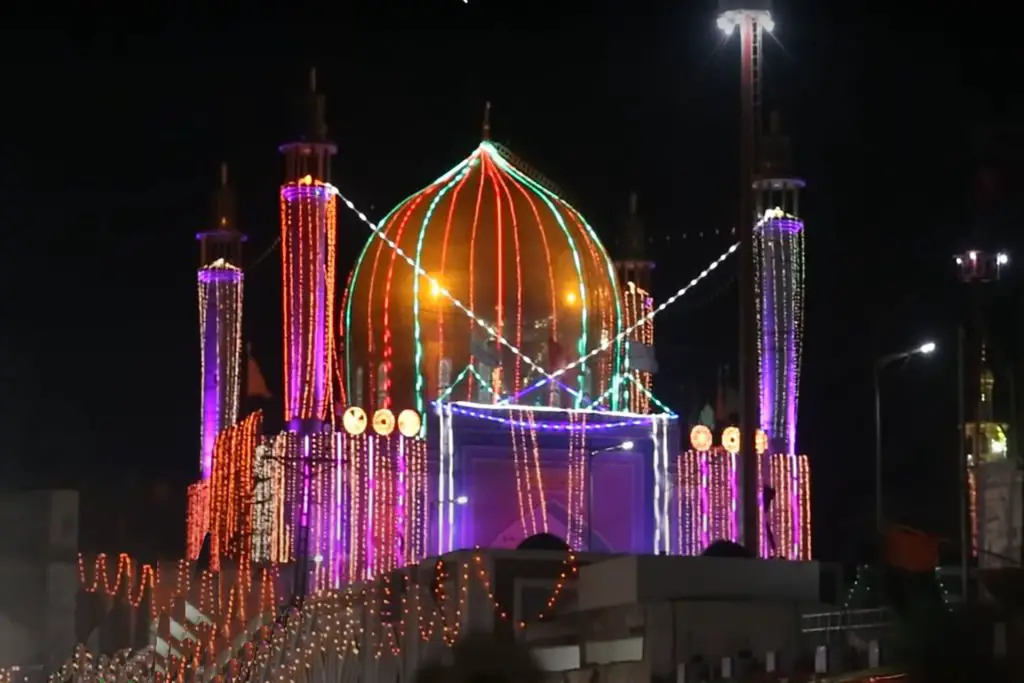Hazrat Sachal Sarmast was a famous Sindhi Sufi poet and saint who lived in the 18th century. He was born in 1739 in the village of Daraza, in the Khairpur district of Sindh, which is part of Pakistan. His real name was Abdul Wahab Qureshi, but he later became known as Sachal Sarmast, which means “truthful mystic” in Sindhi.
Sachal Sarmast wrote poetry in seven languages: Sindhi, Siraiki, Persian, Urdu, Baloch, Punjabi, and Arabic to express his philosophy. He lived during the Kalhoro/Talpur era. He was born in 1152 H (1739 AD) at Daraza near Ranipur. He was a Sunni Sufi Muslim and also contributed a lot to Sindhi poetry. Its origin is said to be from the 2nd caliph of Sunni Islam, Hazrat Umar Bin Khatab (R.A).
Hazrat Sachal Sarmast departed in 1827 and was buried in his village near Rani Pur.
Sachal Sarmast was a prolific poet who composed poetry in Sindhi, Urdu, Persian, and other languages. He wrote about a range of spiritual and philosophical themes, including love, mysticism, and the unity of God. His poetry is known for its simplicity, beauty, and deep spiritual insights.
Location of Hazrat Sachal Sarmast Tomb
Sachal Sarmast Sanctuary is located 40 km southwest of Khairpur, Sindh, Pakistan. It is located near N-5 Highway and Gambat-Ranipur Road in Daraza Sharif.
Sachal Sarmast was a follower of the Sufi tradition and believed in the importance of spiritual enlightenment and the inner journey of the soul. He preached tolerance, harmony, and love for all human beings, regardless of their religion or background.
Sachal Sarmast Poetry
Hazrat Sufi Sachal Sarmast, one of the great mystics of Sindh, is known as the second Hazrat Mansoor Hallaj for his poetry and philosophy. Sachidino, Sachoo (Truthful), and Sachal Sarmast were all names given to Hazrat Abdul Haq Farooqi due to his Sufi efforts, through which he challenged the rigid thinking of the clerics of his time.
Also called ‘Shair-e-Haft Zaban’ because he wrote poetry in seven languages – among them Sindhi, Urdu, Persian, Punjabi, and Baloch – his time saw the decline of the Kalhora dynasty and the rise of the Talpur rule in Sindh. The clergy held enormous power over the impoverished masses, and persecution of religious minorities was the order of the day.
Poetry of Hazrat Sachal Sarmast was first published in 1933 and is now considered as folk music of Sindh.
Hazrat Sachal Sarmast History
Sufi Sarmast rebelled against the order of the mullahs with his poetry and philosophy, based on the doctrine of An’al Haqq – I am the truth. Although his verses immortalized him, he was condemned as an infidel and sentenced to death – a decree that was never carried out due to his popularity at the court of the Talpur rulers. Hazrat Sufi Sachal Sarmast belonged to a Sufi sect whose doctrine was martyrdom.
The name Sachal Sarmast can be translated as Mystic of Truth. He is sometimes called Sakhoo, The Truthful. His teachings have often been compared to Hazrat Mansoor Hallaj, the Sufi martyr who ecstatically proclaimed, “I am the Truth. Rather than blindly following tradition, Sachal encouraged people to seek the truth directly.
And like ibn Arabi and others, Sachal Sarmast taught a vision of Oneness called Wahdat al-Wujud, which others compare to the great non-dualist teachings of Advaita Vedanta in Hinduism and Zen/Chan in Buddhism. Hazrat Sufi Sachal Sarmast once said, “He (Allah) is everywhere and in every phenomenon.
He has come here to witness his own manifestation in Daraza village in the Sindh region. His father died when he was a small child, and Abdul Wahab was brought up by his uncle who also became his spiritual master. His soul was deeply moved by music. He listened to music, he was often enraptured, with tears running down his face.
Hazrat Sufi Sachal Sarmast married, but the young woman died two years later. He never remarried. He took the name Sachal, Truth. Later, people added Sarmast, leader of ecstasy, to his name in appreciation of his spiritual poetry.
Sachal is well known for its Kalam and Kafi which convey their spiritual message in haunting melodies. Sachal preferred solitude and silence. He never traveled from his village of Daraza. He was very simple in his clothing, lifestyle, and eating habits. Soup and yogurt were his favorites. He slept on a bare wooden bed.
He was a modest man with long soft flowing hair and piercing eyes. Three days before his death, he took refuge in a small enclave, where on the 14th day of Ramadan in 1829, at the age of 90, he definitively united with the Truth. He was buried in the same place, which later became a beautiful well-decorated shrine.
Sachal’s poetic works are sung by local singers in Sindhi and Saraiki. Sachal Sarmast was an ardent follower of Wahdat-ul-Wujood (unity of existence), the Islamic philosophy synonymous with Hamah Oost (all of One).
Today, Sachal Sarmast is considered one of the greatest poets and thinkers in the Sindhi language, and his works are studied and appreciated by people all over the world. Many shrines and monuments have been built in his honor, and his poetry continues to inspire people to this day.

